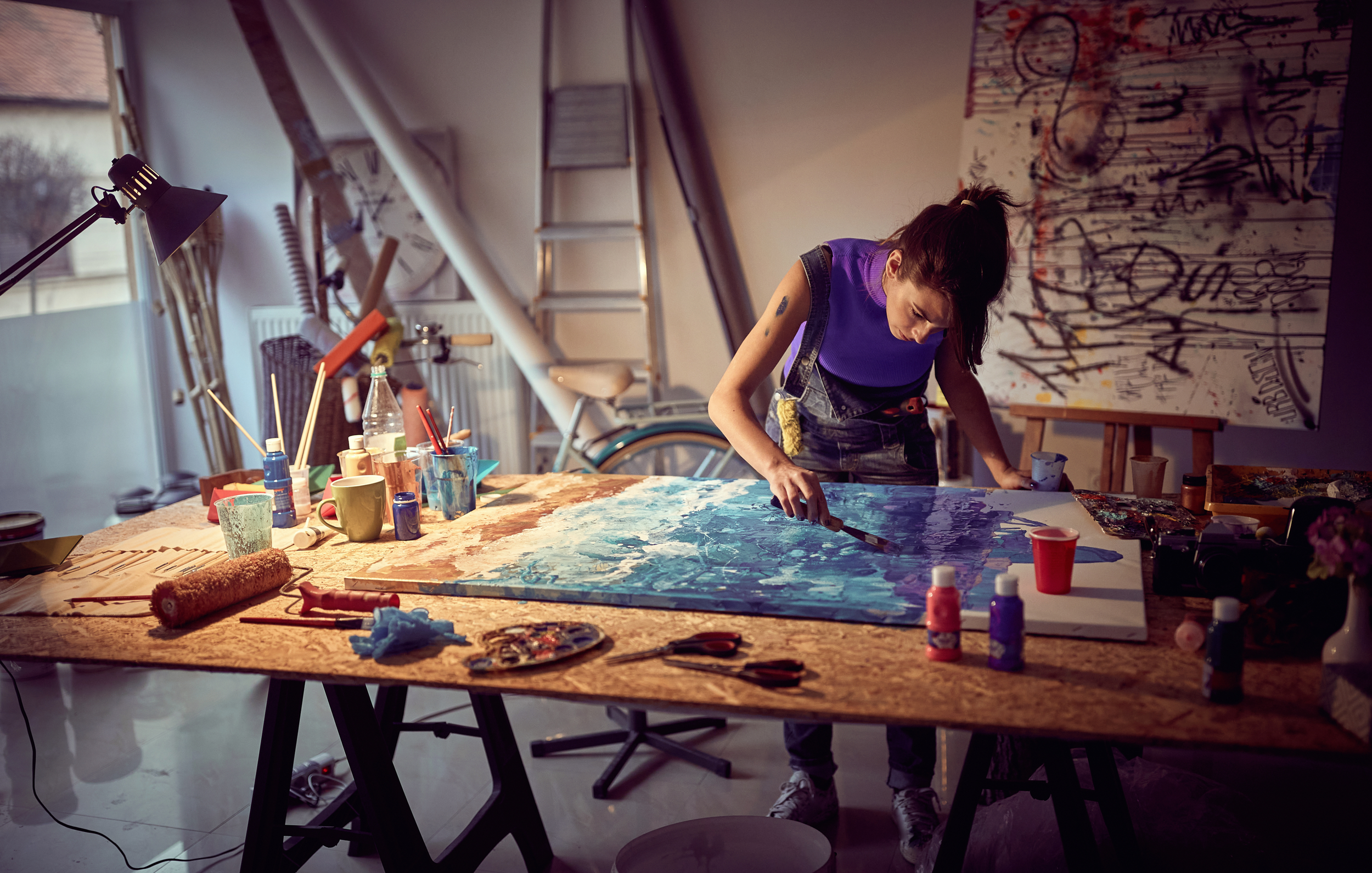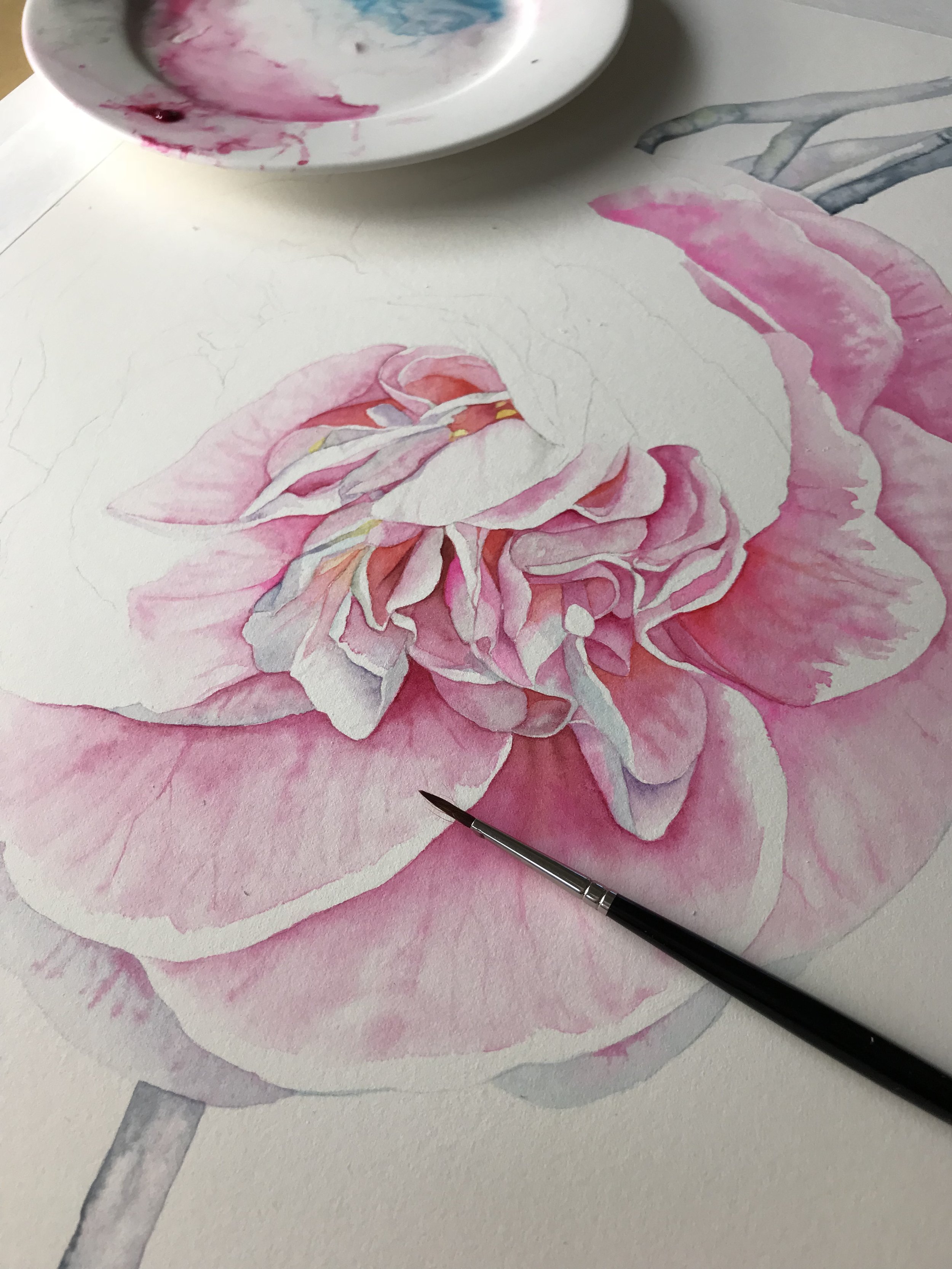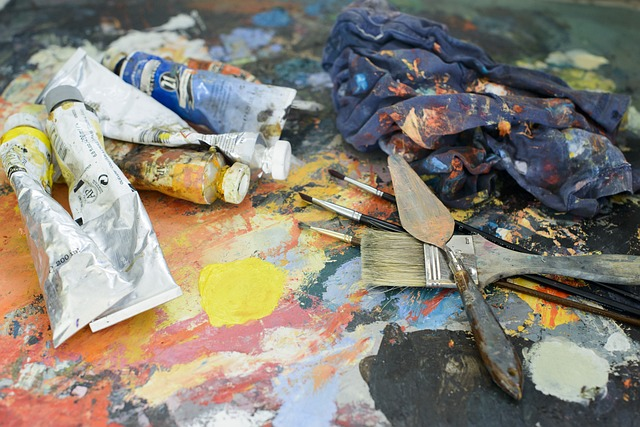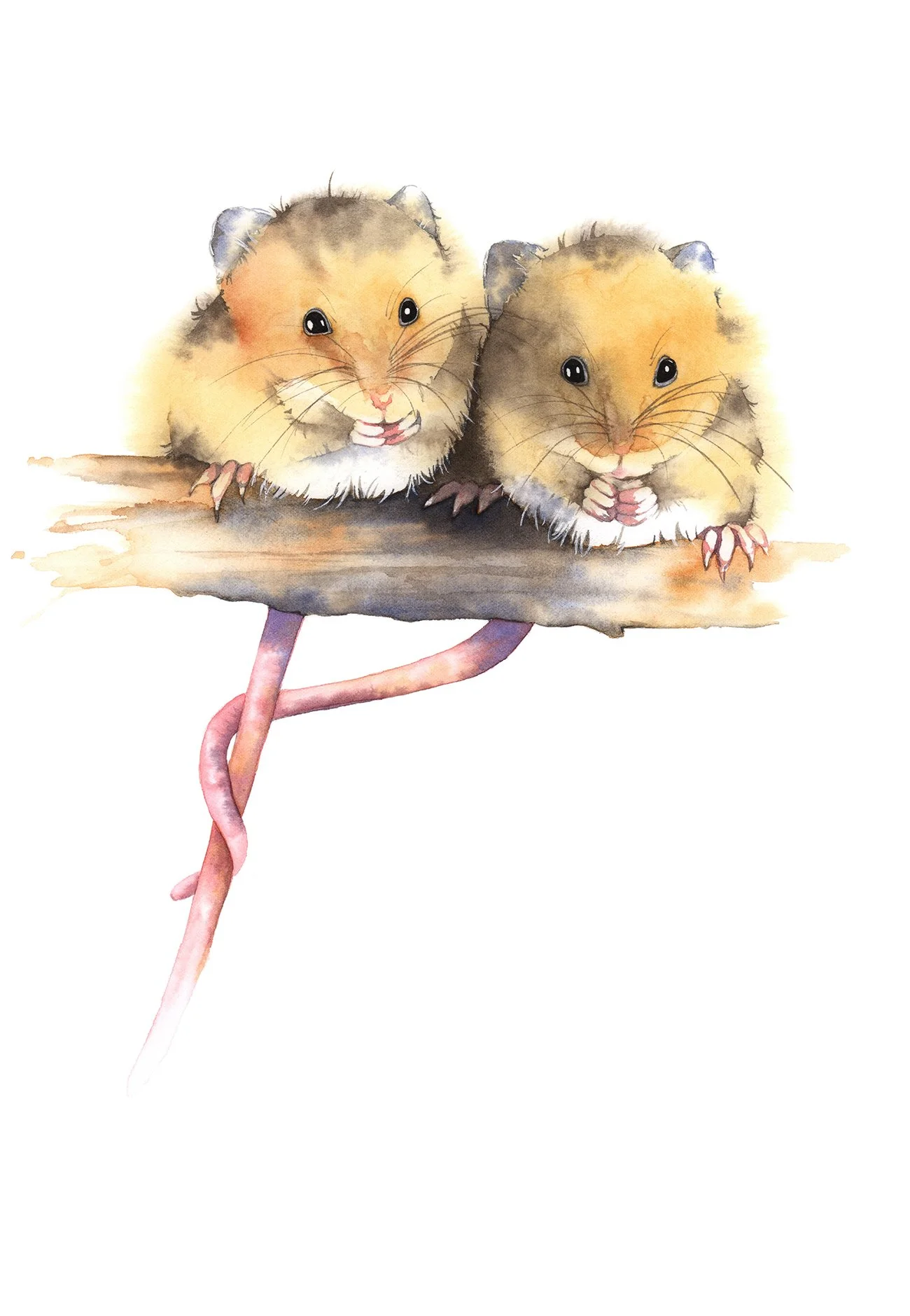Wanting to become a professional artist? Here’s how.
For many, there exists a desire for art and a passion for creating something beautiful. Beyond the constraints of a 9-5 job lies the opportunity to express oneself through painting, drawing, sculpture, and other forms of artistic expression. However, for many the dream of becoming a full-time working artist remains just that, a dream. It can be difficult to make money as an artist and many feel that it’s not “practical enough” to pursue.
The truth is that it is possible to make a living as an artist. You just need the right plan, knowledge, and commitment. With a little guidance and a lot of hard work, it’s possible to achieve success as an artist.
In this blog, we’ll be discussing the key components of becoming a professional artist. We’ll cover everything from creating a portfolio to marketing and selling your artwork.
The art industry in Australia
There is no debate about it, art business in Australia is booming. Each year, thousands of established and emerging artists create and sell their work. Recent estimates suggest that the art industry in Australia contributes around $15 billion a year to the economy. In 2020 alone, Australia's major auction houses sold $108 million worth of artworks thanks to increased demand from buyers. What these figures show is that there are plenty of opportunities for aspiring artists to make a living from their work. And thanks to the advent of digital platforms, it is now easier than ever to connect with potential buyers from around the world.
Gone are the days when an artist had to rely on the support of a gallery for recognition and sales. Now, through platforms such as Instagram and Etsy, artists can make their art available to a global audience and achieve success.
Is it easy to become a professional artist?
Becoming a professional artist isn’t easy. It takes dedication, hard work, and an entrepreneurial spirit to succeed. You need to be willing to invest your time and money into creating a portfolio, growing your audience, and marketing your work. You also need to be prepared for failure along the way as there will be plenty of rejections, disappointments, and frustrations.
However, once you have honed your craft, developed a portfolio of work, and learned how to successfully market and sell your artwork, you can make a living from being an artist. Doing so will give you the freedom to pursue your creative passions, express yourself through art, and make a living from doing something you love. Plus, just think about the level of satisfaction you’ll get from having your artwork appreciated and collected by buyers from around the world!
Take these steps to pursue becoming a professional artist
1. Embrace self-discipline and structure
Like any new venture, whether it be training for a marathon or starting your own business, becoming a professional artist requires dedication and discipline. You need to create a daily routine that centres around your art and includes time for creating, marketing, networking, and selling.
Devoting a portion of your day to really honing your craft is essential for creating a high-quality portfolio of work. And besides attending art school, there exists a plethora of courses and online classes available that can help you develop your skills. No matter what artistic medium you pursue, it’s important to commit to the journey and be prepared to put in a lot of hard work.
2. Build a portfolio
A great portfolio of work is essential for selling your art. Before considering purchasing or exhibiting your artwork, prospective buyers and art galleries need to be able to get a sense of your style, quality, and range.
Your portfolio of work should contain your strongest pieces and those that can be displayed online or in person. Think about the type of artwork you want to focus on, then create a consistent body of work that reflects your unique aesthetic and artistic vision.
3. Get your artwork noticed
Once you’ve created a portfolio of work, it’s time to start getting the word out. If you’re comfortable, use your own social media channels to share your work and let your network know what you’re doing.
You could also look for opportunities to exhibit and display your work in galleries, pop-up events, online exhibitions, and art shows. Even building relationships with local businesses or cafes can help get your work out there.
Make sure you invest in high-quality images of your work so potential buyers can get a sense of the quality before committing to purchase. Ultimately, having professional marketing materials and an online presence is key to getting your work noticed in today’s digital world.
4. Enter competitions and awards
Many artists enter competitions and awards to build their reputations. Whilst you may not be entering the Archibald Prize just yet, there are plenty of local awards and competitions that offer a great platform for emerging artists. For instance, the Australian Watercolour Muster 2023 Biennale presents a unique opportunity for amateur artists working in the watercolour medium to showcase their work on a national and international stage.
5. Network and collaborate
Don’t underestimate the power of networking and collaboration for your burgeoning art career. Working with an established artist in your chosen medium is a great way to learn new techniques, access resources and build relationships within the art world. Try attending art events, conferences, or artist-run initiatives to meet and collaborate with other creatives.
You may also consider joining a professional body or artist collective. While becoming an artist can sometimes feel like a lonely journey, having a network of likeminded peers can help you stay motivated and inspired in your creative journey.
6. Seek feedback from peers and other artists
Whilst exhibiting, it’s important to remember that feedback from peers and art professionals is an invaluable tool for self-development. Once you’ve established a network of fellow artists, use their feedback to expand your practice. Critical feedback can be an extremely useful tool for refining and improving artwork as well as setting realistic goals for yourself. Don't be too hard on yourself if the feedback is not what you expected. Instead, make sure to use it constructively and remember that art is a never-ending journey of self-exploration and discovery.
Final thoughts
Pursuing a professional art career requires dedication, hard work and resilience. It takes a lot of trial and error to become established in the art world. But if you stay true to your vision and focus on the long-term goals you have set for yourself, you can make a successful career out of creating art.
It is sometimes said that we all have an artist within us. It’s up to you to find and nurture that talent and turn it into a career that is both meaningful and rewarding. If you are interested in building a successful career as a watercolour painter, I would love to share my insights and experiences with you. As a professional watercolour artist and art teacher, I have had the privilege of guiding many aspiring artists on their creative journeys.
If you are ready to take the plunge into an exciting and fulfilling career in art, my online classes are the perfect opportunity for you. Join our intimate community of aspiring visual artists, where you'll gain access to in-depth tutorials and ongoing support. Together, we'll delve into the intricate techniques of watercolour painting, helping you refine your craft and bring your artistic vision to life.
So, what are you waiting for? Get ready to discover your inner artist and take control of your creative future!
Good luck on your journey!
If you are interested in learning to paint in watercolour, I have over 160 online, voiced over watercolour tutorials for all skill levels.
I have many originals and prints available to purchase in the shop.
Further reading: 9 Watercolour Texture Techniques










